QinetiQ and Pratt Miller Defense have announced the delivery of the first Robotic Combat Vehicle – Light (RCV-L) to the U.S. Army.
According to Qinetiq here, the RCV-L is a purpose-built hybrid-electric unmanned ground combat vehicle (UGCV) integrating technology from both organisations.
The first RCV-L was delivered to GVSC on November 5th, 2020. The RCV-L, provided by the team of QinetiQ and Pratt Miller Defense, is the first of four systems to be delivered.
Michael Rose; Branch Chief for Robotic Combat Platforms, GVSC Ground Vehicle Robotics; shared the following after the delivery took place:
“The delivery of the first RCV-L is an exciting result of numerous government organizations and industry working together to achieve our first combat ready robotic vehicle. This unit is the first of four vehicles developed in support of the Manned-Unmanned Teaming (MUM-T) Soldier Operational Experiment, planned for 2022, and represents a significant milestone for the program.
QinetiQ and Pratt Miller have successfully developed and delivered these systems within budget and on-schedule even in the face of the COVID-19 pandemic. The GVSC team now plans to add Autonomous Mobility as well as Government Furnished Software for the Tethered UAS Multi-Mission Payload and CROWS-J Lethality package.”
The RCV-L Prototype Project was awarded to QinetiQ North America (now a wholly owned subsidiary of QinetiQ Inc) with major subcontractor Pratt Miller, in March 2020 through the National Advanced Mobility Consortium.
The agreement includes the delivery and support of four RCV-L platforms with procurement options for up to 16 additional RCV-L systems.


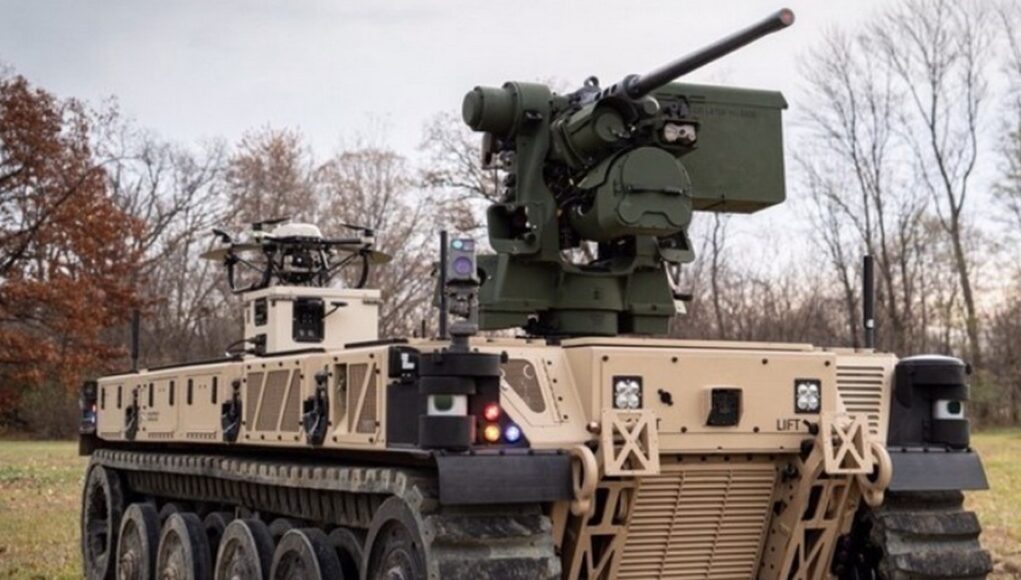
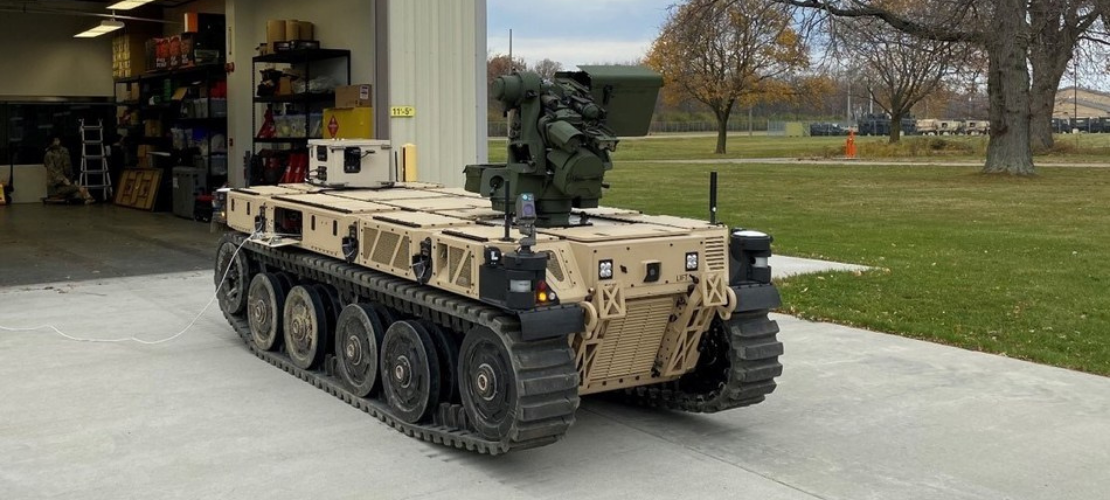







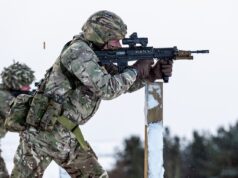
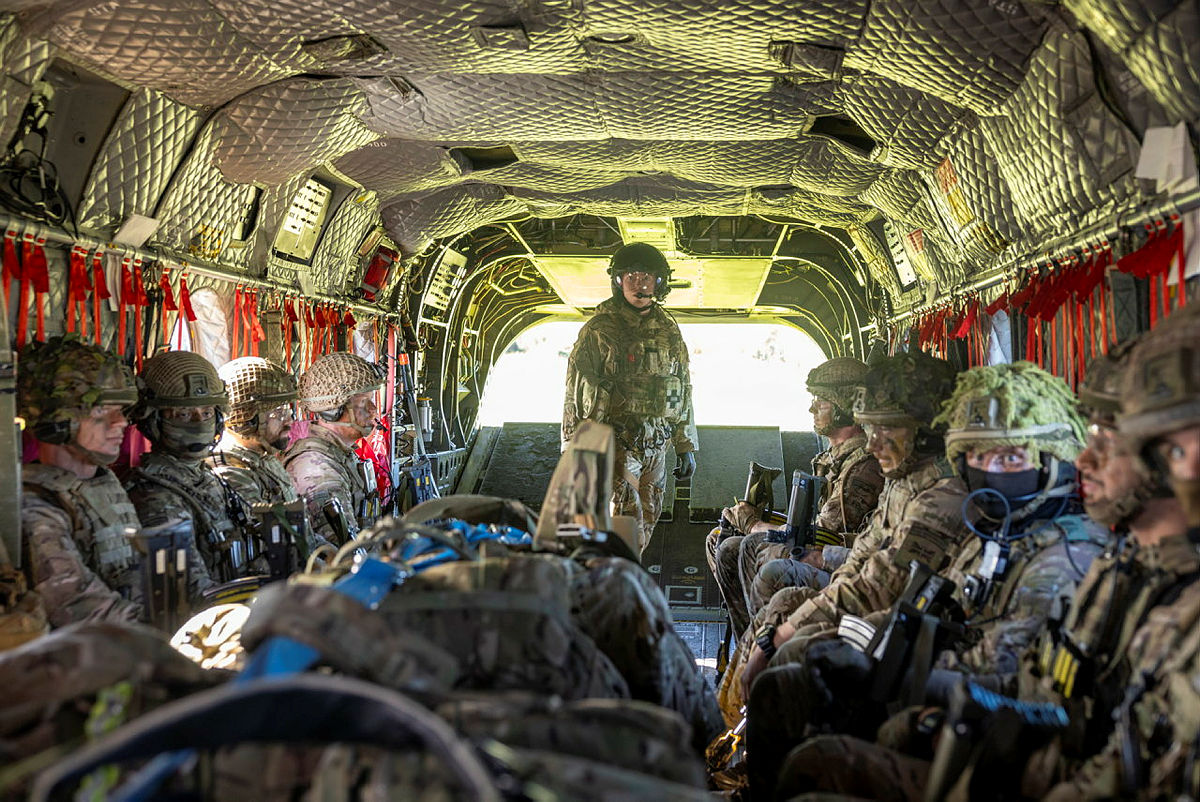
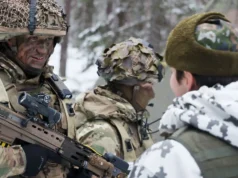

These are interesting – can see such vehicles and UAVs teaming with Ajax in the future in combined manned-unmanned troops.
Possibly Ajax overwatch controlling 3 or 4?
Has the capacity and trials have taken place.
There is still the issue of how these vehicles will be controlled when fighting against a near peer or in built up areas. Unmanned Ground Vehicles (UGVs) will require a two-way high capacity bandwidth datalink to not only control them, but to relay video data back to the operator. This necessitates using ultra high frequency communications, therefore line of sight. You could be sneaky and piggy back the signal through a mobile phone network. But that’s likely to be one of the first things to go in a war/conflict. You can also relay the datalink via a satellite. But as Russia has just proven (Dec 16, 2020). Low altitude satellites are now targets:
Russia has launched an anti-satellite missile test, US Space Command says | Space
Both China and India have shown the same capability in the last couple of years, though not to the same extent. As Russia have also deployed “hunter-killer” satellites in low earth orbit.
The next best thing to a satellite are the high altitude pseudo-satellite aircraft, such as the Airbus Zephyr series. These are designed to operate above 75,000ft and act as a comm’s relay, though they can do more but are limited to a 75kg payload. The 2018 test flight by a Zephyr achieved a record 25 days, 23 hour and 57 minute endurance, without refuelling. Thing is though, they are fairly easy to spot on radar, making them sitting ducks for surface to air missiles.
There is a case for relatively small fixed wing UAV to be paired with a couple of UGVs to act as a local comm’s relay. The smallish quadcopters would be no good for this job as they have a limited duration normally less than an hour. Something along the lines of the Penguin B or C UAVs would meet the requirement that have an endurance of around 26 and 20 hours respectively depending on the payload.
The small cheap low orbit Cubesats that UK space programme is focussed on or Zephyr UAS as you suggest. Also they are autonomous so don’t need to be datalinked or controlled100% time. Small UAVs are a good option too – indeed could see Ajax having both a small UAV and two of these – one armed with Brimstone for precision effects and one with a surveliiance mast and 0.5″ HMG for self protection.